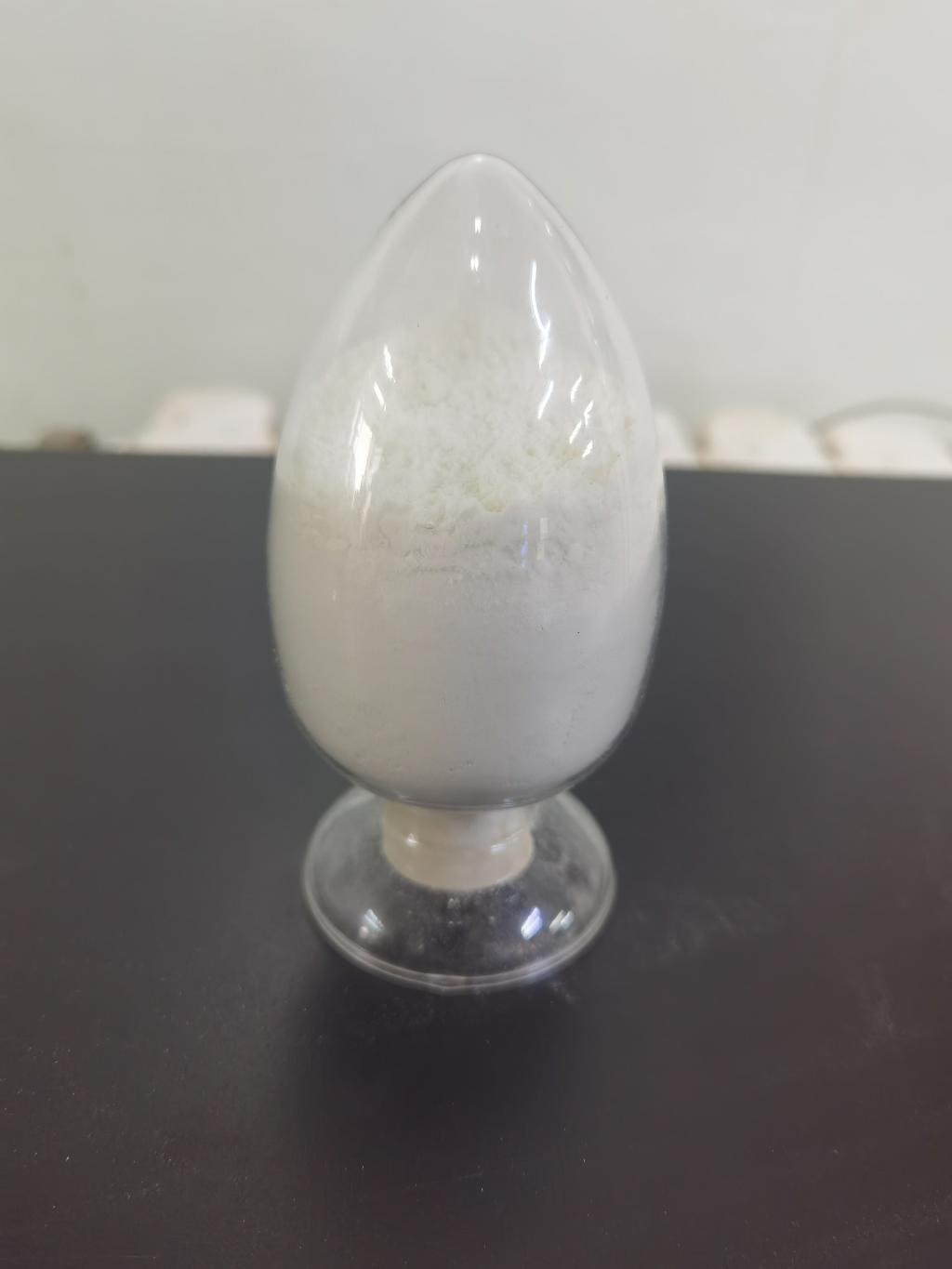Tel:+8618231198596

News
 CONTACT
CONTACT
 CONTACT
CONTACT
- Linkman:Linda Yao
- Tel: +8618231198596
- Email:linda.yao@dcpharma.cn
- Linkman:CHARLES.WANG
- Department:Overseas
- Tel: 0086 0311-85537378 0086 0311-85539701
News
Current Position:
Home >
News
>ε-Polylysine Hydrochloride: A Natural Approach to Minimize Food Waste
ε-Polylysine Hydrochloride: A Natural Approach to Minimize Food Waste
TIME:2024-01-29
The Challenge of Food Waste:
Economic Impact: Food waste represents a significant economic burden, with losses occurring at various stages of the supply chain, from production and processing to distribution and consumption.
Environmental Consequences: The environmental toll of food waste is substantial, contributing to greenhouse gas emissions, deforestation, and the depletion of natural resources. Discarded food also ends up in landfills, further exacerbating environmental challenges.
Social Implications: Food waste contrasts starkly with the prevalence of hunger and food insecurity in many parts of the world. The ethical dimension of wasting resources while millions go hungry underscores the urgency of finding effective solutions.
ε-Polylysine Hydrochloride in Food Preservation:
Natural Antimicrobial Properties: ε-Polylysine hydrochloride is recognized for its natural antimicrobial properties, making it an effective inhibitor of the growth of a broad spectrum of microorganisms, including bacteria and molds.
Derived from Fermentation: Produced through microbial fermentation, ε-Polylysine hydrochloride aligns with the demand for clean-label and natural food preservatives. Its natural origin distinguishes it from synthetic additives, appealing to consumers seeking transparent and natural ingredient lists.
pH Stability: ε-Polylysine hydrochloride exhibits stability over a wide range of pH levels, allowing for its application in various food products with different acidity levels.
Applications of ε-Polylysine Hydrochloride in Minimizing Food Waste:
Fresh Produce Preservation: Fruits and vegetables are highly perishable, contributing significantly to food waste. ε-Polylysine hydrochloride can be applied as a coating or incorporated into packaging materials to extend the freshness of produce and reduce spoilage.
Meat and Seafood Preservation: Perishable protein sources are susceptible to spoilage and bacterial contamination. ε-Polylysine hydrochloride coatings or solutions can enhance the shelf life of meat and seafood products, reducing the need for premature discarding.
Dairy Products: Dairy products, including milk and cheeses, are prone to bacterial growth and spoilage. Incorporating ε-Polylysine hydrochloride in dairy processing can mitigate spoilage, leading to a reduction in discarded products.
Bakery and Confectionery: Baked goods and confectioneries often face challenges related to mold growth and staling. ε-Polylysine hydrochloride can be utilized to extend the shelf life of these products, reducing the frequency of disposal due to quality deterioration.
Mechanisms of Action in Food Preservation:
Microbial Growth Inhibition: ε-Polylysine hydrochloride inhibits the growth and reproduction of bacteria and molds by disrupting their cell membranes. This antimicrobial action helps prevent spoilage and extends the shelf life of food products.
Biofilm Prevention: Bacterial biofilms contribute to the persistence of contamination. ε-Polylysine hydrochloride interferes with the formation of biofilms, making it an effective tool in preventing the establishment of microbial communities on food surfaces.
pH Regulation: The stability of ε-Polylysine hydrochloride across a range of pH levels allows it to function effectively in acidic or alkaline environments. This versatility makes it suitable for a wide variety of food products with different pH characteristics.
Challenges and Considerations:
Optimal Concentration: Determining the optimal concentration of ε-Polylysine hydrochloride in various food products is essential. Finding the right balance between antimicrobial efficacy and sensory attributes is crucial to ensure consumer acceptance.
Regulatory Approval: While ε-Polylysine hydrochloride is generally recognized as safe (GRAS), obtaining regulatory approval for its use in specific food applications may require collaboration between food producers, regulatory bodies, and research institutions.
Consumer Perception: Consumer awareness and acceptance of ε-Polylysine hydrochloride in food products are critical. Transparent labeling and communication about the natural origin and safety of the ingredient can build trust among consumers.
Future Prospects and Collaborative Initiatives:
Research on Optimal Formulations: Collaborative research initiatives can explore optimal formulations of ε-Polylysine hydrochloride in different food matrices. Understanding how it interacts with diverse ingredients and its effectiveness in various products will guide the development of practical applications.
Industry-Academia Partnerships: Collaborative efforts between academic institutions and food industry stakeholders can facilitate the translation of research findings into practical solutions. Industry-academia partnerships can contribute to the development of ε-Polylysine hydrochloride-based products that align with industry standards and consumer preferences.
Global Collaboration for Standardization: Standardizing the use of ε-Polylysine hydrochloride in food preservation across international borders requires global collaboration. Efforts to establish clear guidelines and regulations can streamline its adoption and facilitate trade.
Conclusion:
ε-Polylysine hydrochloride emerges as a natural and effective tool in the ongoing battle against food waste. Its antimicrobial properties, natural origin, and pH stability position it as a versatile solution for extending the shelf life of a variety of food products. Collaborative initiatives between researchers, regulatory bodies, and the food industry are essential to harness the full potential of ε-Polylysine hydrochloride in minimizing food waste. As the world strives for a more sustainable and efficient food supply chain, this natural antimicrobial peptide stands as a beacon of hope, contributing to the reduction of food waste and the creation of a more resilient and environmentally conscious food system.
- Tel:+8618231198596
- Whatsapp:18231198596
- Chat With Skype







